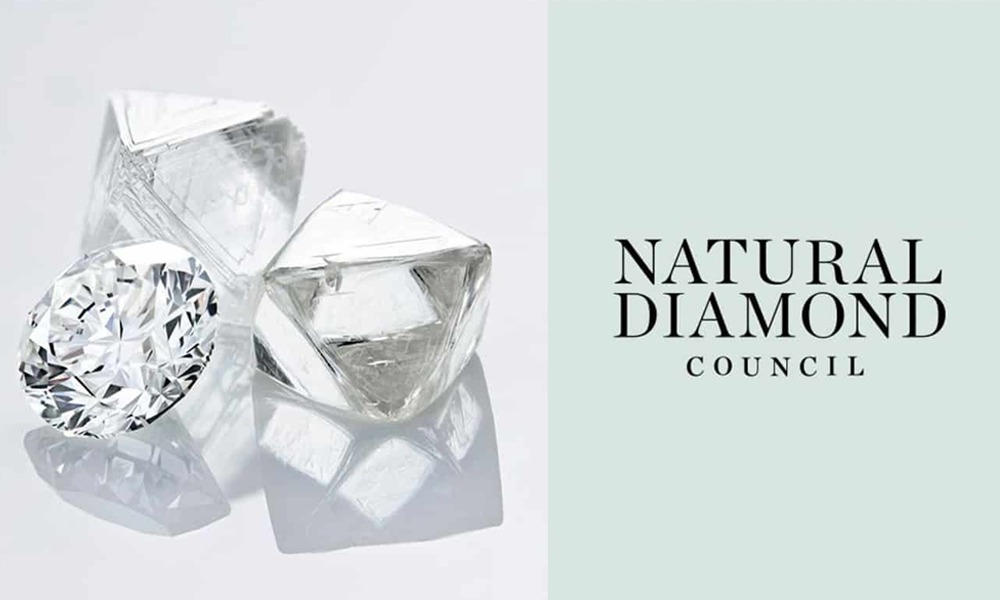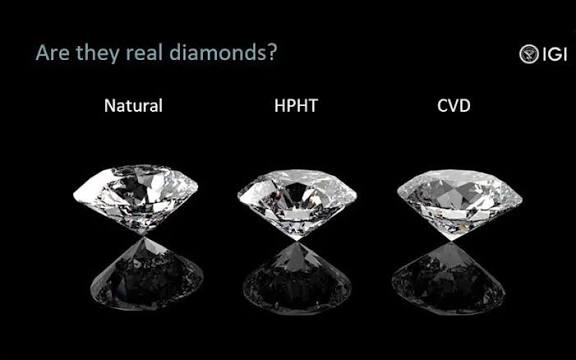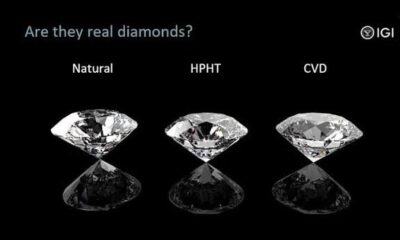DiamondBuzz
The Reality of The Diamond Industry; All You Need To Know
Over the past 18 months, we have significantly enhanced this report, incorporating new data and insights that reflect the evolving landscape of the diamond industry

The Natural Diamond Council recently released the second edition of the Diamond Facts Report, continuing its mission to dispel myths and protect consumers from misinformation about the diamond industry. This report serves as a comprehensive guide, offering accurate and transparent information to help consumers make informed choices, backed by updated data. By addressing key questions and providing insights, the report reinforces NDC’s commitment to educating and empowering buyers while supporting the integrity of the natural diamond industry.
Highlights from the NEW Diamond Facts Report:
● Positive impact of natural diamonds with new examples from producing countries
The natural diamond industry supports 10 million livelihoods globally. NDC member companies contribute to communities through local employment, sourcing, and investments in health, education, and infrastructure, aiming to share the mine’s success and prepare communities for post-closure stability.
● Environmental stewardship
The majority of our manufacturing partners in India are adopting renewable energy and implementing sustainable practices throughout their operations. Efforts include using solar and wind energy, achieving Net Zero goals, reforestation projects, and investments in biodiversity and water management to create lasting environmental benefits.
● Diamond verification
The Natural Diamond Council started the ASSURE Program in 2019 to test how well Diamond Verification Instruments work. The results, including details on accuracy, false positive rates, and referral rates, are available in the ASSURE Directory.
● Updated information on pricing and production
Laboratory-grown diamond prices have dropped significantly, with a 1.5-carat stone declining 83% since 2015. Natural diamonds, with prices influenced by rarity, have shown a long-term annual growth rate of 3% since 1970 and a 2% yearly increase in rough diamond prices since 2007, despite market fluctuations
● Disclosure and diamond terminology
Legal definitions and advertising guidelines are in place to protect consumers and ensure they can clearly distinguish between natural and laboratory-grown diamonds.
● Traceability and responsible sourcing of natural diamonds
The diamond industry is heavily regulated under the Kimberley Process, established by the United Nations and the World Trade Organization, ensuring all rough diamond trade is conflict-free. A strong system of checks and balances, including audits of major industry players, upholds the importance of ethical sourcing.
● Responsible mine closure
It takes, on an average, 10 years to open a mine. Having a closure plan is a prerequisite to opening a mine, in addition to social and environmental impact assessments which are audited, approved, and monitored by governments and local communities.
David Kellie, CEO of Natural Diamond Council said, “Natural diamonds are Earth’s real treasures, exceptionally rare, responsibly sourced in a way that supports livelihoods and contributes to conservation efforts around the world. This new edition of Diamond Facts sets out to address the most common myths about the diamond industry, covering everything from synthetic diamonds to natural stones mined from deep underground.
We also encourage you to explore our other reports in this series, including Diamonds of Canada. We will regularly be issuing reports in partnership with leading experts, data organisations and diamond industry representatives.”
Richa Singh, Managing Director, NDC India and Middle East said, “Diamonds have long been symbols of enduring value and connection, carrying a legacy that extends beyond their inherent beauty. This latest edition of Diamond Facts reflects our commitment to providing transparent, data-driven insights and highlighting the positive social and economic contributions of the diamond industry in producing countries. Showcasing India’s role as a global leader in diamond manufacturing, the report empowers consumers and retailers to make informed choices.”.
NDC is committed to sharing education and transparency throughout the natural diamond industry. Along with the Diamonds of Canada report, these studies will serve as additional assets to complement NDC’s Education Program giving retailers and consumers the information they need right at their fingertips.

DiamondBuzz
All non-natural diamonds to be labelled only as “synthetic: CIBJO

The World Jewellery Confederation (CIBJO) plans to undo a decision it made back in 2010. It now wants all non-natural diamonds to be labelled only as “synthetic.”
This means the terms “laboratory-grown” and “laboratory-created” will be removed from CIBJO’s Diamond Blue Book (the global reference for diamond terminology and trade practices) and from related ISO Standards.
CIBJO also says the 4Cs grading system should apply only to natural diamonds, just as the GIA has recently decided.
Udi Sheintal, president of CIBJO’s Diamond Commission, explained that the earlier acceptance of “lab-grown” terminology was well-meaning but turned out to be a mistake.
He added that synthetic diamonds have often been marketed as more ethical, sustainable, and conflict-free—claims that, he argued, are usually not backed by evidence.

Udi Sheintal also stressed the need for clearer transparency. He said marketing should make it clear that synthetic diamonds are not grown in “laboratories,” but manufactured in industrial facilities using artificial processes.
-

 National News2 weeks ago
National News2 weeks agoGST on gold, silver jewellery remains unchanged at 3%, with additional 5% on making charges
-

 New Premises3 hours ago
New Premises3 hours agoVasundhra Raj unveils showroom at Noida
-

 ShowBuzz2 hours ago
ShowBuzz2 hours agoShri Devendra Fadnavis unveils GJS – The Diwali Edition 2025 at JWCC, Mumbai
-

 DiamondBuzz4 hours ago
DiamondBuzz4 hours agoAll non-natural diamonds to be labelled only as “synthetic: CIBJO




